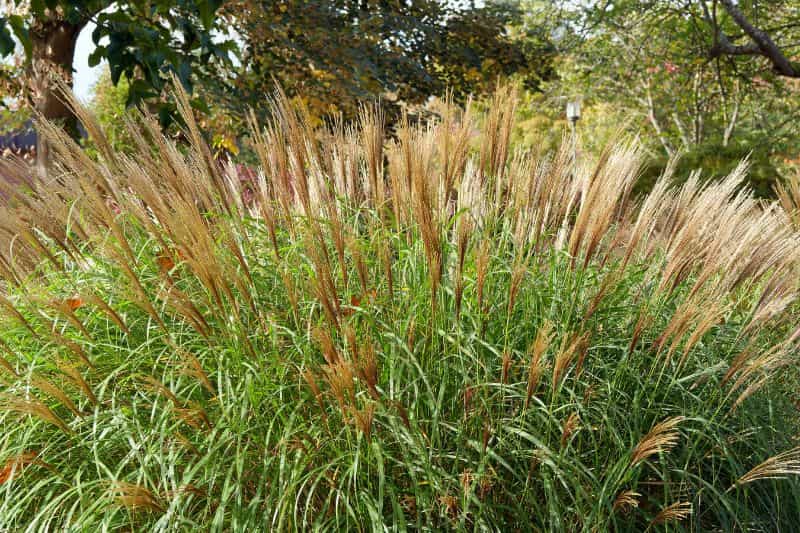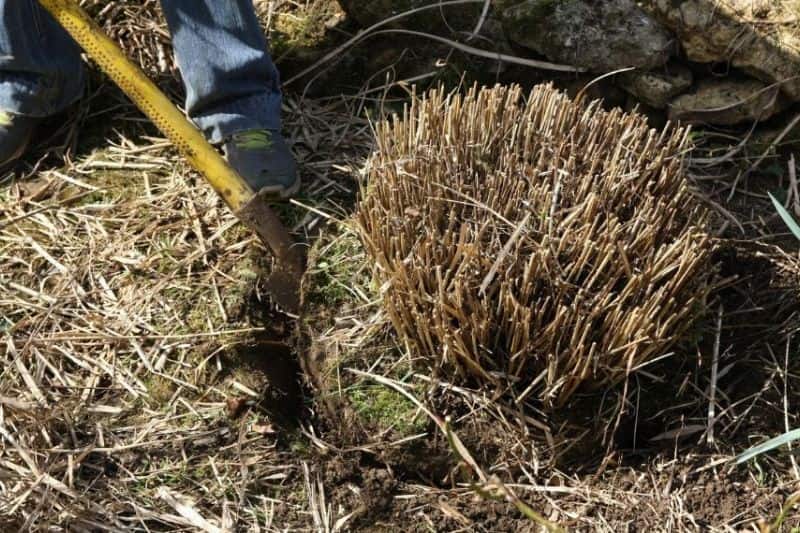Miscanthus, Stipa, Fescue, Pennisetum... The ornamental grasses are perfect for adding movement and texture to a garden. They are robust, generally require little maintenance, and bring a light touch thanks to their fine, graceful foliage. However, over time they can become too dense or bulky, losing vigour or shape. Division is an excellent way to maintain vigour while multiplying your plants. This regenerates existing clumps while creating new young plants to place elsewhere in your garden. Discover our tips for dividing an ornamental grass.
Why dividing an ornamental grass?
Dividing an ornamental grass achieves several things:
- Rejuvenate the plant: Over time some grasses can become bare in the centre or lose vigour. Division encourages fresh growth. This is the case, for example, with Miscanthus.
- Control size: Some grass species can become very wide and may overwhelm a border or crowd neighbouring plants. Dividing the plant is then necessary to limit its spread.
- Multiply your plants: It’s an easy and economical method to create new young plants to install in other areas of the garden or to give to friends and family.

When to divide a grass?
The ideal time to divide a grass depends on its type:
- Deciduous grasses: They lose their leaves in winter. The best time to divide them is in early spring, just before growth resumes. This allows new divisions to establish well before the active growth period. Examples: Miscanthus, Panicum and Calamagrostis.
- Evergreen grasses: They keep their leaves year‑round. They are best divided in late summer or early autumn, after flowering, to give them time to settle before winter. Examples: Fescue, Carex and Stipa.
In all cases, choose a day when the soil is neither too wet nor too dry to make extracting the plant easier.
Generally, you can divide your grasses every 3 to 5 years, or whenever you notice they become less vigorous or the centre of the clump starts to die back.
Necessary equipment
- A sharp spade or shovel: To lift the clump.
- A garden knife: To cut the rootball into sections.
- Gardening gloves: To protect your hands.
- A watering can: To water the new divisions once replanted.
Steps to divide a grass
Step 1: Prepare your plant
Water the plant a few days before dividing so it is well hydrated and the soil is easier to work. If dividing in spring, cut back any dead foliage to about 10–15 cm above soil level to make the operation easier.
Step 2: Lift the clump
Use a spade to work around the clump. Try to remove the rootball in one piece, taking care not to damage the roots. If the plant is particularly large, you can use the spade as a lever to lift it.

Step 3: Separate the rootball
Once the rootball is out of the ground, you can divide it by hand for easier clumps or with a sharp knife or garden saw into several sections. Each division should include at least several healthy shoots and a good portion of roots. Ideally each division should be roughly 10 cm in diameter.

Step 4: Replant the divisions
- Choose a suitable location for each new section according to the plant’s needs (partial shade, full sun, etc.). Plants should be spaced at least 30–40 cm apart.
- Dig a hole large enough to accommodate the roots and replant the division. The base of the shoots should sit just above soil level.
- Firm the soil lightly around the roots to remove air pockets, then water thoroughly to help the plant establish.
Step 5: Care for the new plantings
- After dividing, water the new clumps regularly during the first weeks, keeping the soil moist but not waterlogged. This will help them root and resume growth.
- Be especially attentive to watering during the first summer following division.
- If you divided in spring, a light mulch around the new plantings will help retain moisture and reduce weed competition.
Additional tips
- Ideally, carry out division during the coolest times of day: morning or evening.
- Recently divided grasses may take some time before showing signs of recovery. If leaves yellow or wilt shortly after division, it is not necessarily a sign the plant has died. Be patient and wait several weeks.
- Avoid dividing a grass that appears diseased or weakened. It is better to wait until it regains some vigour or to identify and treat any underlying problem before proceeding with division.
































Comments